The Home Accessory Market is currently characterized by a dynamic competitive landscape, driven by evolving consumer preferences and technological advancements. Key players such as IKEA (SE), Home Depot (US), and Wayfair (US) are strategically positioning themselves to capitalize on these trends. IKEA (SE) continues to emphasize sustainability and affordability, focusing on eco-friendly materials and innovative designs. Home Depot (US) is enhancing its digital presence, integrating advanced technologies to streamline customer experiences. Wayfair (US), on the other hand, is leveraging data analytics to personalize shopping experiences, thereby enhancing customer engagement. Collectively, these strategies not only shape their individual market positions but also contribute to a competitive environment that increasingly prioritizes innovation and customer-centric approaches.
In terms of business tactics, companies are increasingly localizing manufacturing and optimizing supply chains to enhance efficiency and responsiveness. The Home Accessory Market appears moderately fragmented, with a mix of large retailers and niche players. This structure allows for diverse offerings, yet the influence of major players like IKEA (SE) and Home Depot (US) is substantial, as they set trends that smaller competitors often follow. The collective strategies of these key players indicate a shift towards more localized and sustainable practices, which may redefine market dynamics in the near future.
In August 2025, IKEA (SE) announced the launch of a new line of sustainable home accessories made from recycled materials. This initiative not only aligns with the growing consumer demand for environmentally friendly products but also reinforces IKEA's commitment to sustainability. By integrating recycled materials into their product lines, IKEA (SE) is likely to enhance its brand loyalty among eco-conscious consumers, positioning itself as a leader in sustainable home accessories.
In September 2025, Home Depot (US) unveiled a new augmented reality (AR) feature within its mobile app, allowing customers to visualize home accessories in their own spaces before making a purchase. This technological advancement is significant as it enhances the shopping experience, potentially increasing conversion rates. By investing in AR technology, Home Depot (US) is likely to differentiate itself in a competitive market, appealing to tech-savvy consumers who seek convenience and personalization in their shopping journeys.
In October 2025, Wayfair (US) announced a strategic partnership with a leading AI firm to enhance its product recommendation algorithms. This collaboration aims to improve customer experience by providing more tailored suggestions based on individual preferences and browsing behavior. The integration of AI into Wayfair's operations could significantly boost customer satisfaction and retention, indicating a trend towards more personalized shopping experiences in the Home Accessory Market.
As of October 2025, the competitive trends in the Home Accessory Market are increasingly defined by digitalization, sustainability, and the integration of advanced technologies such as AI. Strategic alliances, like that of Wayfair (US), are shaping the landscape by fostering innovation and enhancing customer engagement. Looking ahead, it appears that competitive differentiation will evolve from traditional price-based competition to a focus on innovation, technology integration, and supply chain reliability, as companies strive to meet the changing demands of consumers.


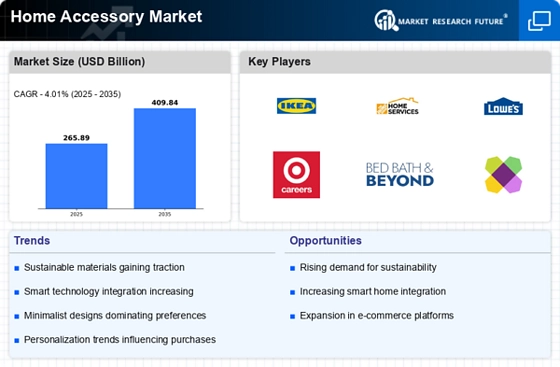
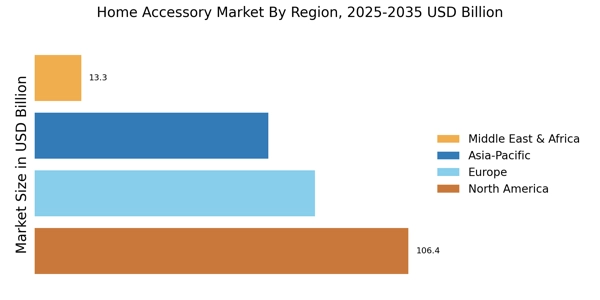

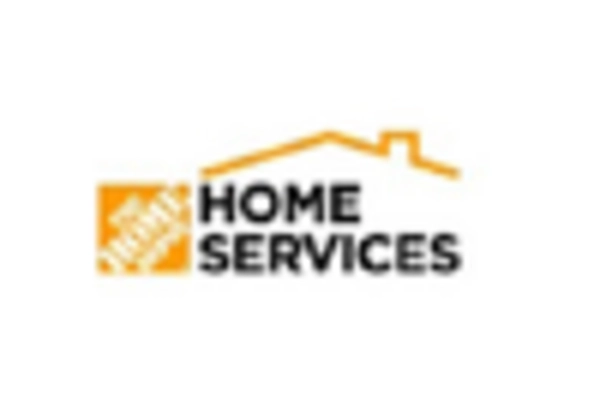
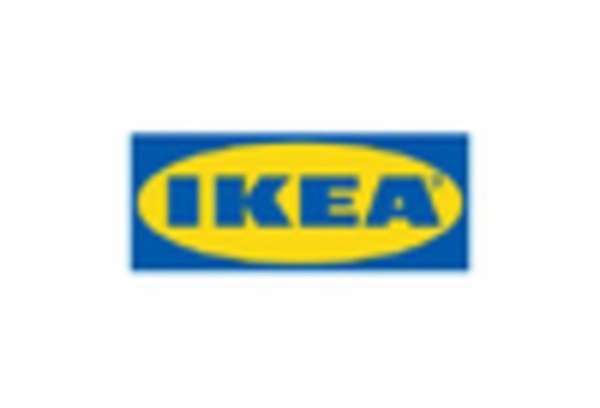
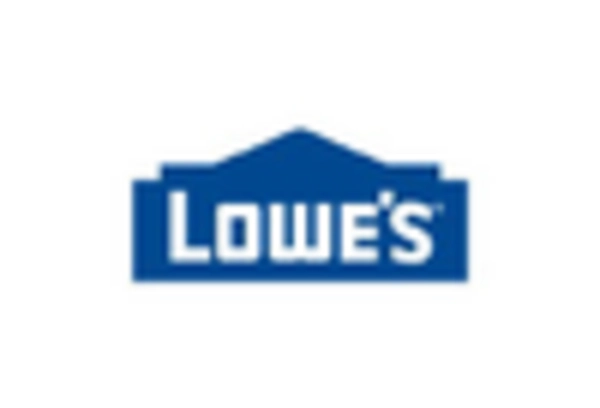

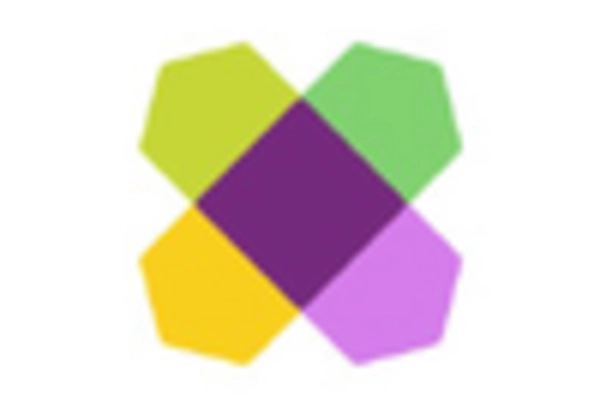








Leave a Comment